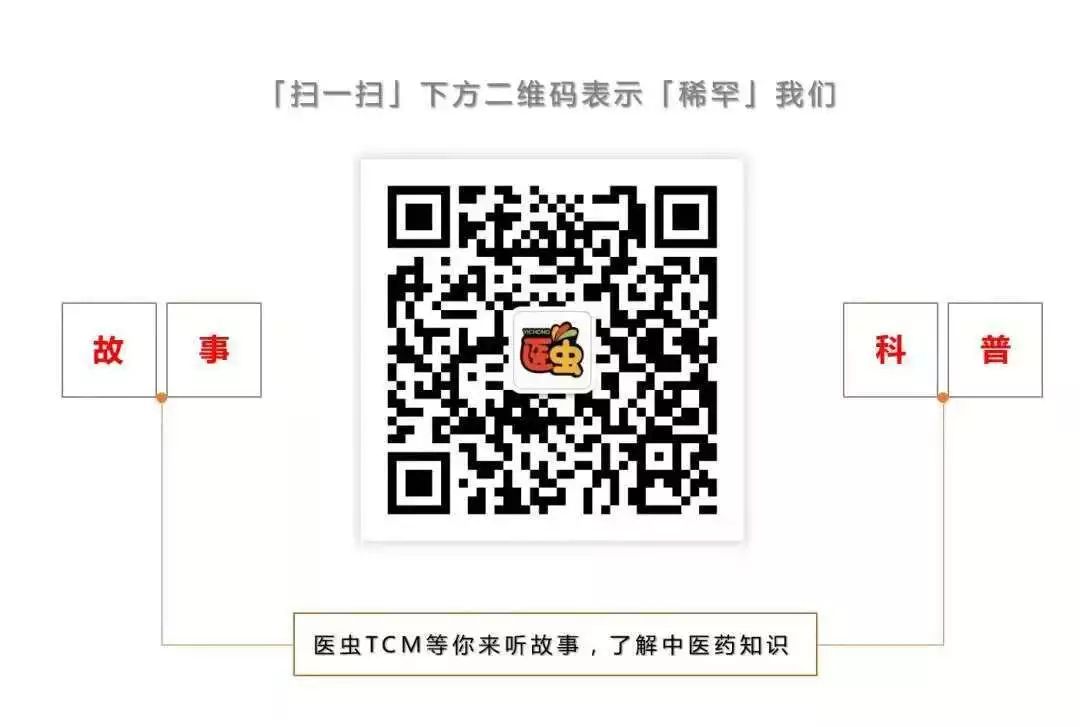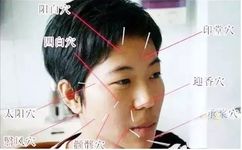

Facial Paralysis
Definition: Commonly known as Bell’s Palsy (facial nerve paralysis), “crooked mouth”, or “wind hanging”, it is a disease characterized primarily by dysfunction of the facial expression muscles. It is a common and frequently occurring condition that does not discriminate by age.
Clinical Symptoms:
It manifests as unilateral facial drooping, disappearance of forehead wrinkles, widening of the eye fissure, flattening of the nasolabial fold, drooping of the mouth corner, which is pulled towards the healthy side, inability to frown, wrinkle the forehead, show teeth, or puff cheeks. Some patients may initially experience pain behind the ear, and may also have reduced taste or auditory hypersensitivity, and even develop herpes in the external auditory canal.
Etiology and Pathogenesis:
This condition is often caused by the deficiency of the collaterals, with wind-cold evil invading the Yangming and Shaoyang meridians, leading to stagnation of Qi and blood, resulting in insufficient nourishment of the muscles and tendons, causing the disease.
The diagnosis refers to the standards outlined in the “Guidelines for Clinical Research of New Chinese Medicines”. This condition corresponds to the Western medical diagnosis of facial nerve paralysis.
Acupuncture Method for Facial Paralysis
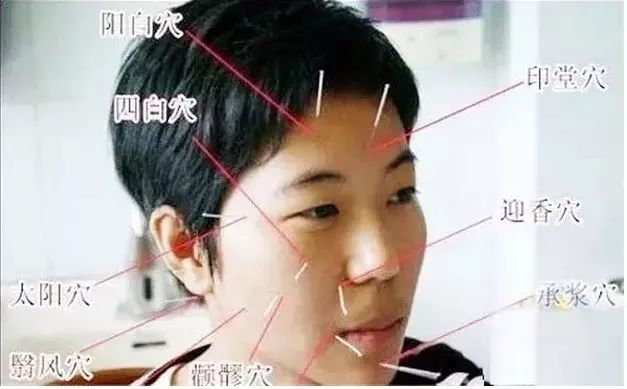
Treatment Principles: Focus on the hand and foot Yangming meridians, with hand and foot Shaoyang as supplementary. For facial acupoints, initially use shallow and light needling, and after one week, consider deeper or oblique needling.
Selected Points: Fengchi (GB20), Yifeng (SJ17), Dicang (ST4), Jiache (ST6), Hegu (LI4).
Additional Points Based on Symptoms: For a flat nasolabial fold, add Yingxiang (LI20); for a crooked nasal groove, add Shuigou (DU26); for a crooked mentolabial groove, add Chengjiang (RN24); for inability to close the eyes, add Yangbai (GB14), Cuanzhu (BL2) or Shenmai (BL62), Zhaohai (KD6).
Special Note: Retain needles for 20-30 minutes, once daily, with 10 sessions constituting one treatment course.
Moxibustion Therapy for Facial Paralysis
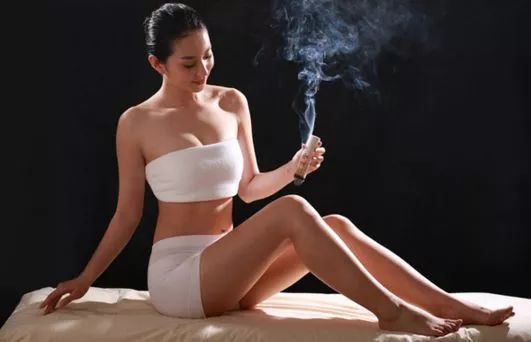
Treatment Method: Disperse wind, unblock collaterals, and invigorate Qi and blood. Commonly used methods include suspended moxibustion and ginger moxibustion.
Procedure Steps:
1. Select Points: Yifeng (SJ17), Jiache (ST6), Dicang (ST4), Hegu (LI4), Yangbai (GB14).
2. Additional Points: For excess wind, add moxibustion at Taiyang (EX-HN5) and Fengchi (GB20); for Qi deficiency, add moxibustion at Zusanli (ST36).
3. Methods:

(1) Suspended Moxibustion: Hold a lit moxa stick over the acupoint until the area feels warm and comfortable. Select 2-4 points each time, moxibustion for 15-20 minutes per point, until the local skin becomes slightly red. Perform once or twice daily, with 7-10 sessions constituting one treatment course.

(2) Ginger Moxibustion: Cut fresh ginger into thin slices about 3-4 cm in diameter and 0.3-0.4 cm thick, puncture several holes in the center, place it on the acupoint, and then place a moxa cone on top of the ginger slice and light it. When the patient feels burning, slightly lift the ginger slice, pause, and then place it back down to avoid burns. Once the moxa cone burns out, replace it and continue moxibustion, with 5-7 cones per point each time. Select 3-4 points each time, once daily, with 5 sessions constituting one treatment course.
Special Notes:
1. In the early stage of facial paralysis, focus on moxibustion at Yifeng (SJ17), with a duration of over 30 minutes being optimal.
2. In the recovery phase, increase moxibustion at Shenque (RN8) to tonify the vital Qi.
3. The facial skin is delicate, so avoid burns.
4. Patients should avoid wind and cold during treatment.
Point Application Therapy for Facial Paralysis

Treatment Method: Disperse wind, unblock collaterals, nourish blood and harmonize the Ying.
Procedure Steps:
1. Prepare the facial paralysis ointment.
Ingredients: 30 grams of Ricinus communis (castor bean), 5 grams of Strychnos nux-vomica (ground into powder), and 1 gram of Cinnabar, all mixed into an ointment for later use.
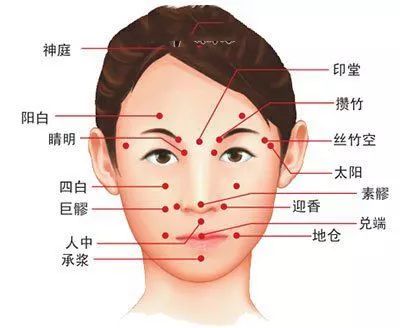
2. Select Points: Choose acupoints on the affected side such as Jiache (ST6), Dicang (ST4), Sibai (ST2), Yangbai (GB14), Yifeng (SJ17).
3. Method: Each time select 2-4 points, apply an amount of ointment the size of a mung bean to each point, and secure with adhesive tape, changing the application once a day, with 7 days constituting one treatment course.
Special Note: This method is only suitable for treating simple facial paralysis.
Disclaimer: Content sourced from the “Handbook of Appropriate Techniques for Grassroots Traditional Chinese Medicine”
Editor: Jin Lantern Aunt
Images: Network
Reviewer: Insect Brother



Selected Past Articles
30 Jan 2019
-
Ear Pressure Therapy for Plum Pit Qi (Chronic Pharyngitis)
